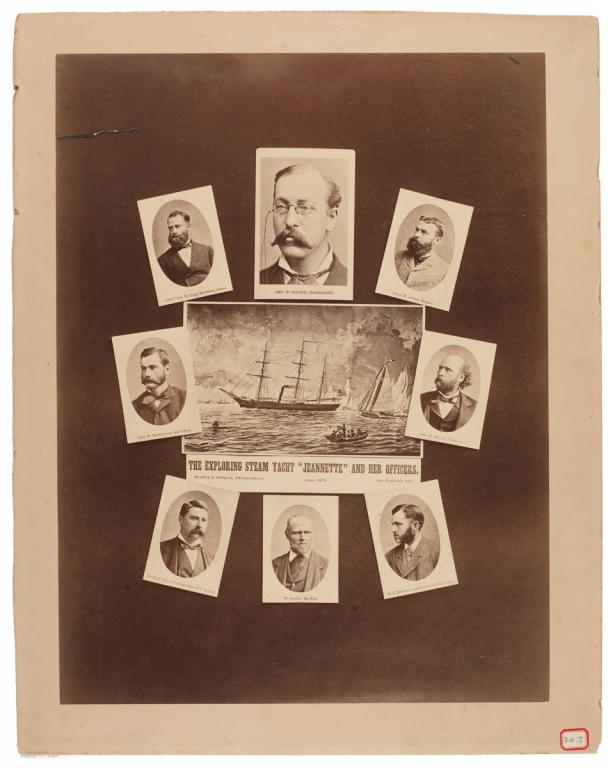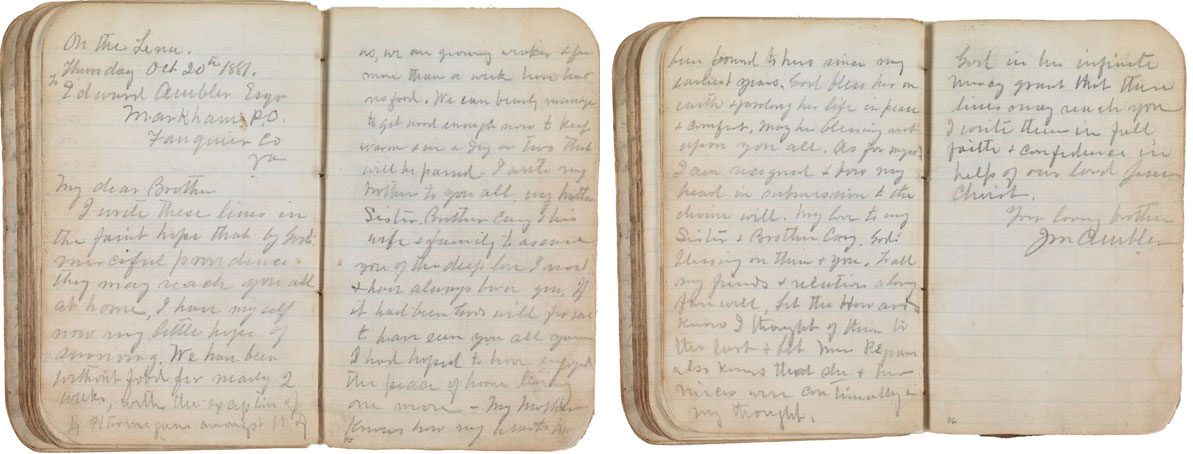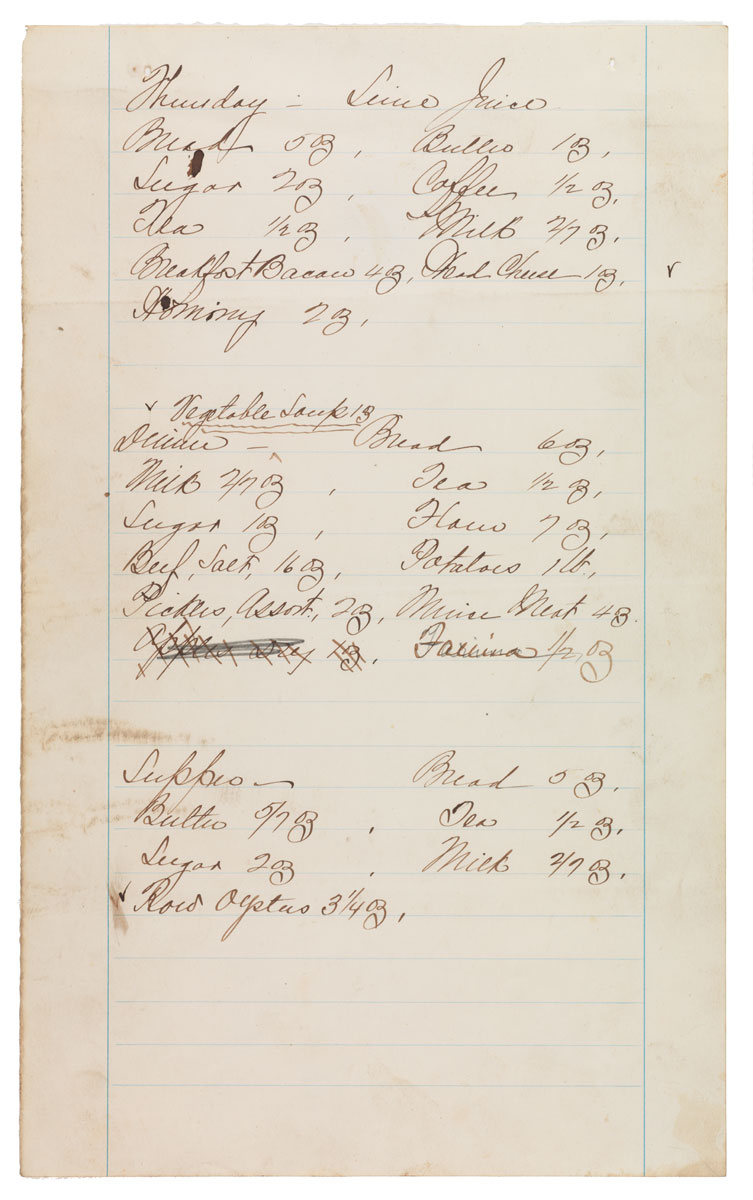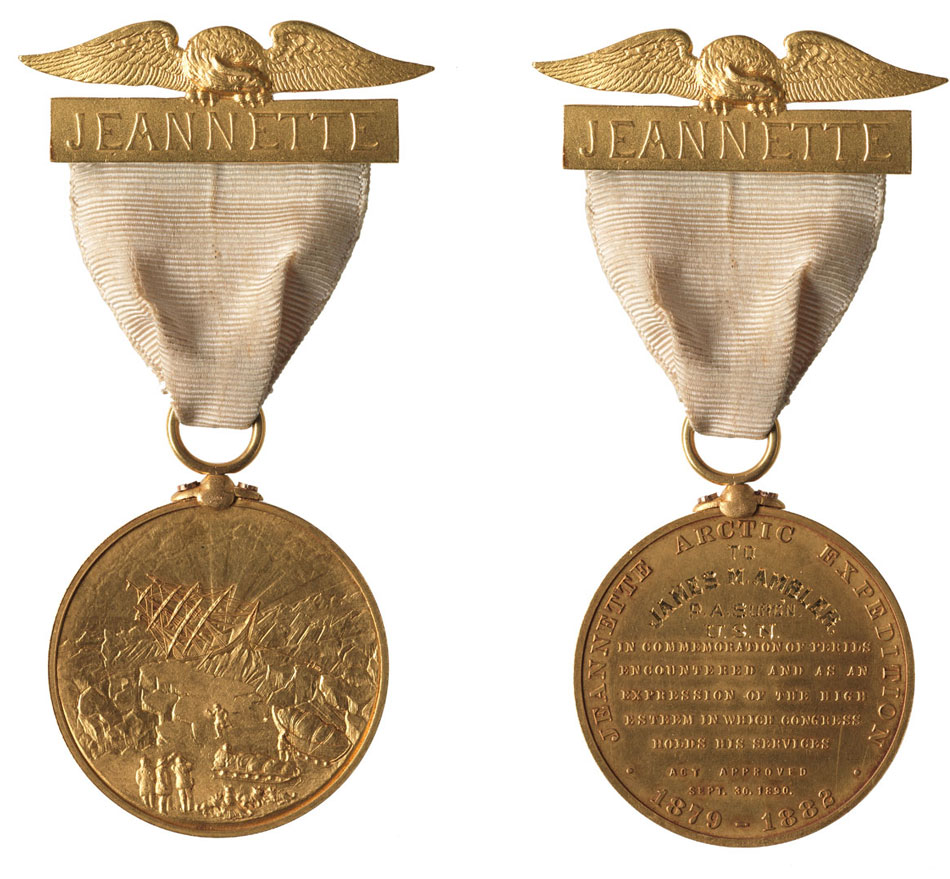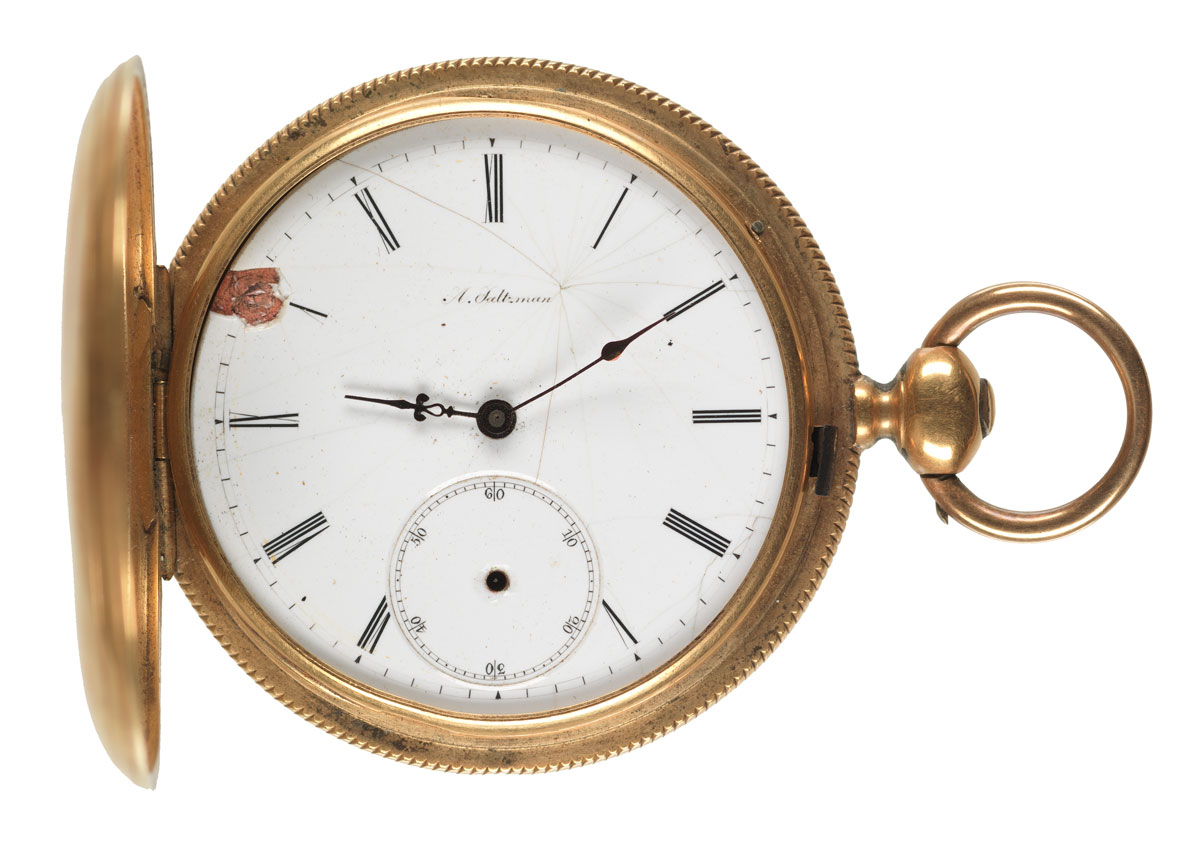On July 8, 1879, the steamer Jeannette set sail. Its goal: to be the first expedition to reach the North Pole. Earlier that year, Dr. James Markham Marshall Ambler of the U.S. Navy received an offer to be one of the thirty-four crew members. Although many turned it down, the thirty-one-year-old Faquier County native responded, "I respectfully ask to be sent."
Two months after pulling out of San Francisco Bay, the Jeannette became lodged in ice at the edge of the polar icecap, bringing the expedition to a halt for nearly two years. The grim realities of life above the Arctic Circle took a toll on the crew. But, not one to sit idly by, Dr. Ambler organized games and competitions to ease the boredom of the crew, and he led daily exercise classes on the ice. Well versed in the latest medical practices of the day, Dr. Ambler ordered each crew member to drink lime juice with his daily breakfast. This dose of preventative medicine led Chief Engineer George W. Melville to remark in 1883, "In the history of Arctic research there has only been one ship that was free from scurvy; this was the Jeannette."
Abandoning all hope of reaching the North Pole, they struggled to find their way back home. For nearly five months the men trudged across frozen tundra, navigated icy waters, and weathered inhospitable conditions on their journey to Siberia and ultimately toward safety.
Along the way, the crew became separated into three groups. One drowned at sea during a storm, another safely found its way to a village, and the third wandered in Siberia seeking shelter and food. Dr. Ambler was in this third group. After weeks of wandering, weary and exhausted from lack of food, the men set up camp and agreed to send two from their party to look for assistance. The captain asked Ambler to go as he was one of the healthiest, but Ambler refused to leave the sick. The two men who sought help not only found it but also reunited with the party of eleven survivors led by chief engineer Melville. A rescue party went out, but sadly, Dr. Ambler and the nine other men were not found. Weather forced the rescue party to return to the village of Bulun for the winter.
Later in the spring, Dr. Ambler's body along with the others were found beneath a foot of snow. Gripped in Ambler's hand was the captain's pistol; in his pocket was his diary. The entry dated October 20, 1881, is a tender farewell to his family. The diary and a few of Ambler's personal effects were given to his mother and later donated to the Virginia Historical Society.

